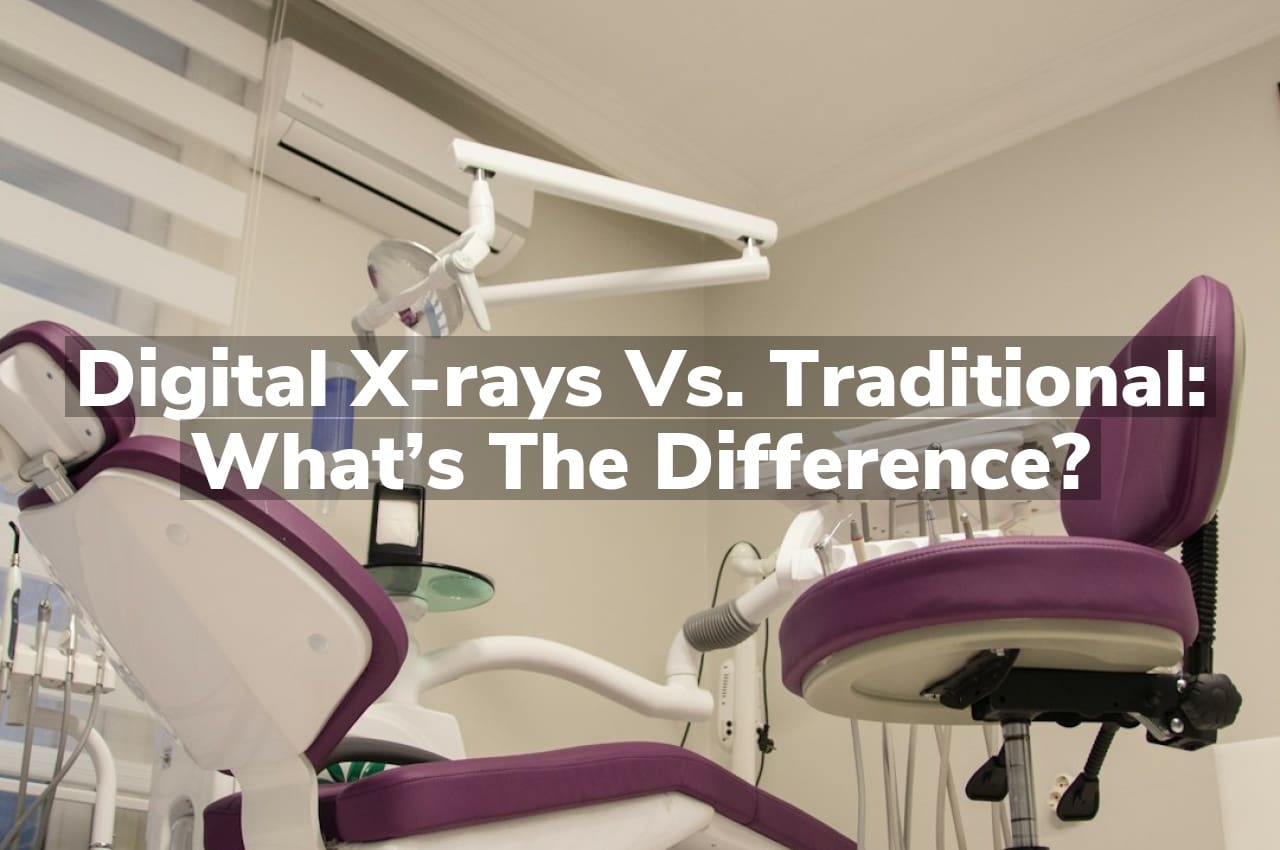Have you ever wondered about the differences between digital X-rays and traditional X-rays? Digital X-rays use electronic sensors to capture images, which can be viewed immediately on a computer, while traditional X-rays require film that must be developed in a darkroom. The choice between these two methods can affect the speed and efficiency of the imaging process.
Definition of Digital X-rays and Traditional X-rays
Digital X-rays and traditional X-rays are two methods used to capture images of the internal structures of the body, helping in medical diagnostics. Traditional X-rays, also known as conventional radiography, use film to capture and develop images. This process involves exposing a film to X-rays that pass through the body, which captures an image based on the absorption rates of different tissues. On the other hand, digital X-rays utilize sensors and computers to directly capture data during the X-ray exposure, immediately translating it into a digital image. This technology enhances the efficiency of the imaging process.
Digital X-ray technology offers several advancements over traditional methods, including enhanced image quality and the ability to digitally manipulate images for better diagnosis. Furthermore, digital X-rays reduce the amount of radiation exposure to patients, which is a significant safety enhancement in medical imaging practices. For more detailed insights, consider exploring The Safety Benefits of Using Digital X-rays. This shift from traditional film to digital sensors marks a significant step forward in both the safety and effectiveness of radiographic diagnostic techniques.
Image Quality Comparison
When comparing digital X-rays to traditional film X-rays, one of the most notable differences lies in the quality of the images produced. Digital X-rays typically provide clearer and more detailed images than their traditional counterparts. This enhanced clarity is due to the way digital X-rays capture and store data electronically, which allows for immediate image viewing and manipulation without the need for physical film development.
Traditional X-rays, on the other hand, involve a process where film is exposed to radiation and then chemically developed in a darkroom, similar to photographic film. This method can result in variations in image quality due to factors such as exposure levels, development times, and the age of the film. In contrast, digital X-rays minimize these variables, leading to more consistent and higher resolution images. If you are considering this technology, you might want to Book Your Lincolnton Digital X-Ray Appointment.
Radiation Exposure Levels
When comparing digital X-rays to traditional X-rays, one of the key differences lies in the levels of radiation exposure. Traditional X-ray systems typically use film to capture images, which often require higher doses of radiation to produce clear results. In contrast, digital X-rays utilize electronic sensors and require significantly less radiation to create an image. This difference is primarily due to the enhanced sensitivity of digital detectors, which can capture detailed images at lower radiation doses. Both methods are used widely in various medical and dental fields for diagnostic purposes.
Speed of Processing Images
One of the notable differences between digital and traditional X-rays lies in the speed of processing images. Traditional X-ray films require time to develop in a darkroom with chemical processing, which can extend the duration of a patient’s visit. In contrast, digital X-rays offer almost instantaneous image processing. This technology captures images electronically and displays them on a computer screen within seconds, significantly reducing the wait time. This rapid result can be particularly advantageous in settings that require swift diagnostic assessments. For those interested in dental services, Alpine Pediatric Dentistry is a recognized Lincolnton Pediatric Dentist.
Environmental Impact Differences
When comparing digital X-rays to traditional film-based X-rays, one significant difference lies in their environmental impact. Traditional X-rays require chemical processing, which involves the use of developers and fixers that can be harmful to the environment if not disposed of correctly. These chemicals contribute to pollution and hazardous waste. On the other hand, digital X-rays do not require these chemicals, reducing the potential for environmental harm. Additionally, digital X-rays eliminate the need for physical film, which not only reduces waste but also lessens the demand on resources used for film production and disposal.
Conclusion
For further inquiries, feel free to call us at (704) 479-6777 or read our reviews on Google Maps.





